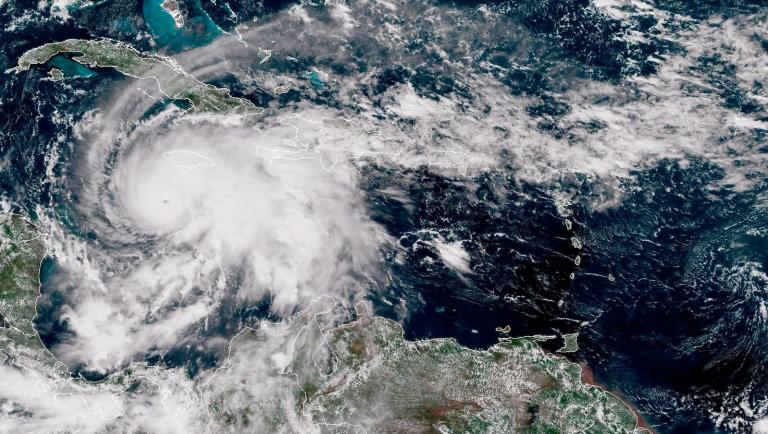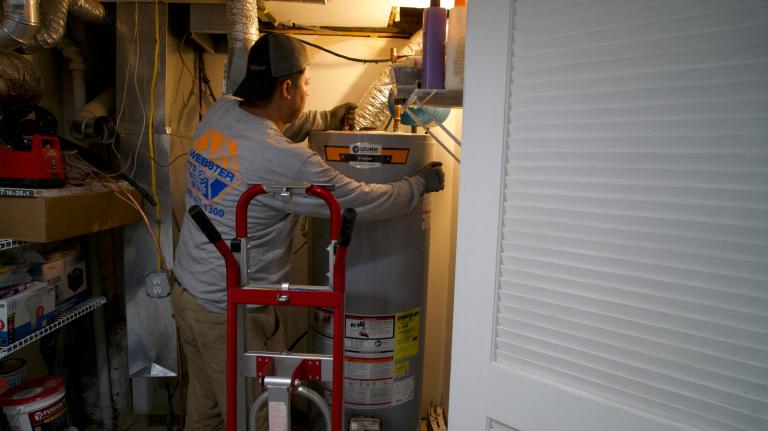Mark Lynas, an author whose pop-sci books about climate change are scrupulous enough to get favorable reviews from the likes of climate scientist Eric Steig, proposed a funny little thought experiment on his blog: Could switching to renewables strip the planet of its sun-protective smog? And if so, will we need to replace it with artificial smog instead?
Dirty energy sources like coal and biomass burning are currently filling the earth's atmosphere with a never-ending haze that is cooling the globe by about 1 degree F. If we switch completely to renewables, Lynas postulates, we might have to replace that unintentional haze with a deliberate haze of aerosols, just to keep the planet from warming further. We might, for instance, need to fill the atmosphere with tons and tons of sulphate particles, delivered via a kilometer-long hose into the sky.
What Lynas is talking about, of course, is geoengineering — the deliberate manipulation of the amount of heat energy the earth absorbs, in order to cool the planet or avert further warming due to global warming.
Lynas isn’t actually suggesting that this is the best reason to geoengineer the atmosphere. He’s not even saying that renewables are bad because they eliminate the planet’s (choking) shield of particulate matter — in fact I’m sure he’d argue the opposite, that on balance fossil fuels will have far more warming effect if we keep using them. But what he's pointing out is that we have been unintentionally geoengineering the planet since the advent of agriculture.
His full piece is well worth a read, as much for what he says about geoengineering’s pitfalls as its potential necessity.




